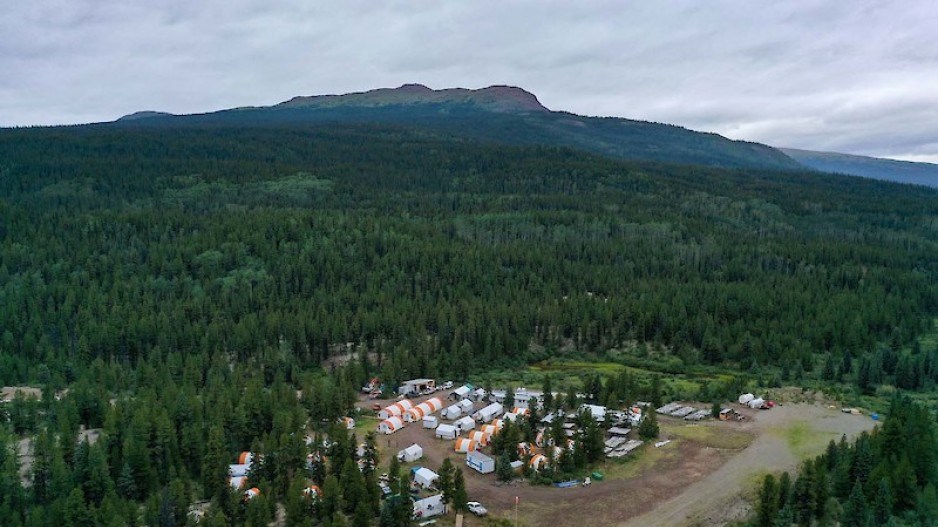The multi-billion dollar Turnagain nickel mine in the Golden Triangle of Northwestern B.C. would have a long life, high grades and low carbon intensity, according to a pre-feasibility study released today.
The Turnagain project is one of two major nickel mines proposed for B.C., the other being the Baptiste Nickel project.
The Turnagain deposit is owned by Hard Creek Nickel Corp., a joint venture between Giga Metals (TSX-V:GIGA) and Mitsubishi, which has 15 per cent stake.
With a total capital cost of $4.8 billion over the life of the mine, Giga Metals will need other investors on board to develop the mine.
“We have put this report together with strategic investors in mind,” Giga Metals CEO Mark Jarvis told BIV News.
According to a pre-feasibility study released today, the mine – located 65 kilometres east of Dease Lake in Tahltan and Kaska Dena territory – would have an initial capital cost of $2.6 billion and sustaining capital costs over 30 years of $2.2 billion.
The mine would require a new 78-kilometre access road and a 160-kilometre transmission line to tie into the Northwest Transmission Line. It would be mined as an open-pit operation.
The pre-feasibility study says the mine would have high grades of nickel and cobalt and a long mine life of 30 years.
“The PFS demonstrates a long-life, large-scale project that will deliver high-grade nickel sulphide concentrate with no significant deleterious impurities,” the study says.
The total estimated reserves are 1.9 million tonnes of contained nickel, with an expectation of producing concentrates averaging 18 per cent nickel and 1 per cent cobalt, Jarvis said.
“We’re looking at average production of a little over 35,000 tonnes per year of nickel and a little over 2,000 tonnes per year of cobalt,” he said.
“Interestingly, that 18 to 1 ratio, that’s similar to the chemistry that’s currently being used for batteries for electric vehicles. So if you want to build cathodes out of this material, you’ve got the right amount of nickel and cobalt.”
Giga Metals is highlighting the fact the mine would have a relatively low carbon emissions intensity, compared to other nickel mines.
For one thing, it would use clean hydro power, by tying into the Northwest Transmission Line. For another, the company is exploring a tailings management approach that would accelerate a natural carbon mineralization process that permanently sequesters CO2 in the form of carbonates.
“It is a significant source of low-carbon intensity nickel and cobalt in a form that is very amenable to processing to cathode material,” Jarvis said.




